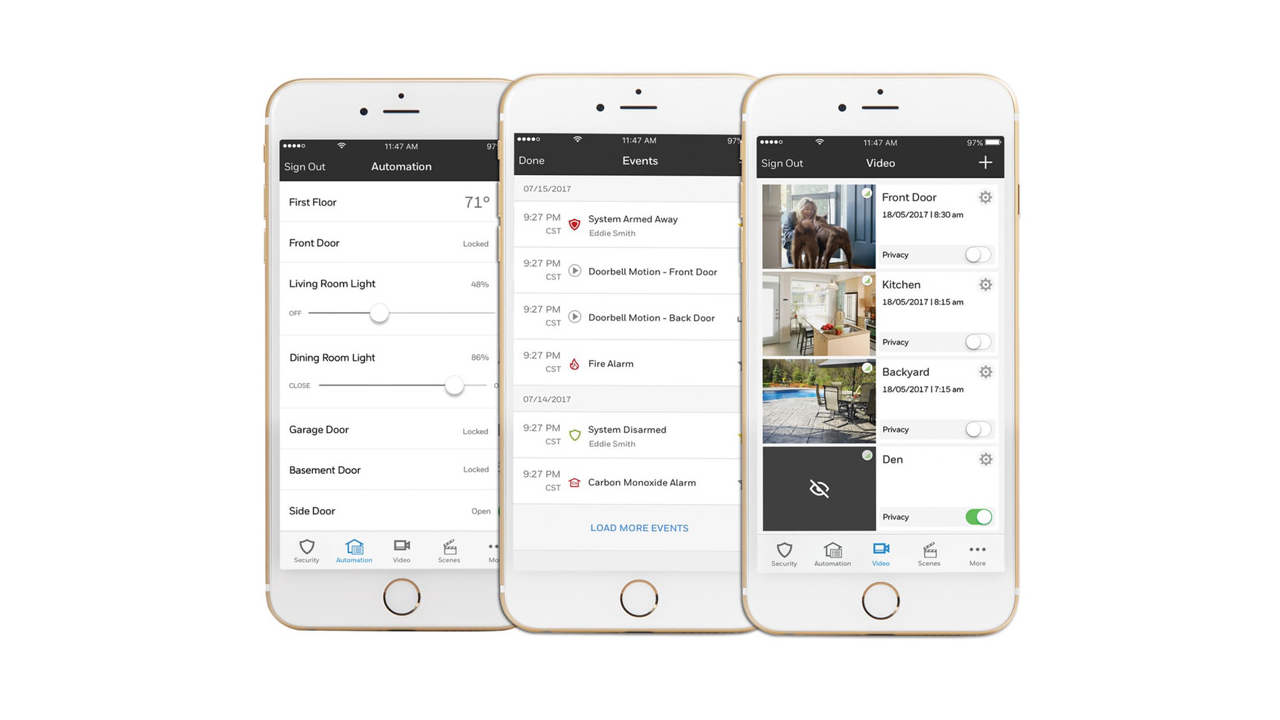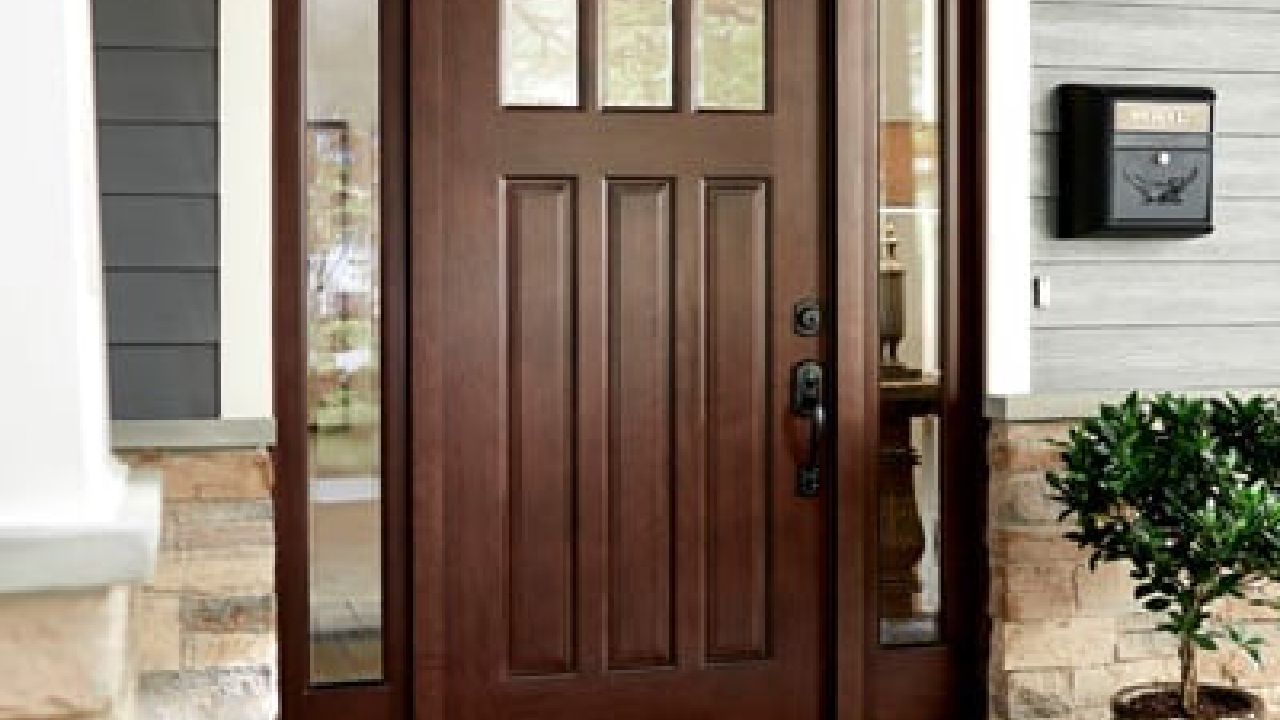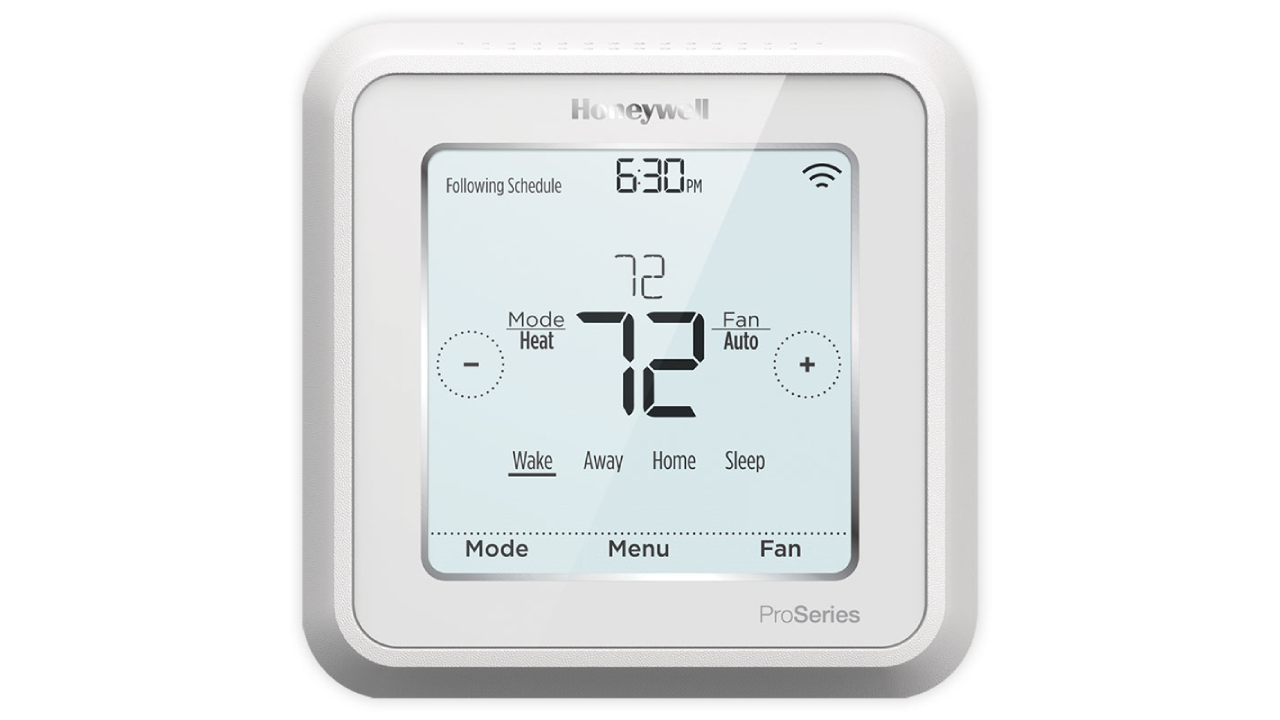Last Updated on March 4, 2022 by Alarm New England
If you live in a cold climate that is prone to snow storms (i.e. New England), you may find yourself asking how much snow is too much for your roof? With many homes in the area being built long ago, the possibility that the roofs are no longer as strong as they used to be is very real.
This article will discuss how to calculate how much snow your roof can handle and steps you can take to prevent a heavy snowfall from damaging your roof and home.
Snow Fall Weight
One of the major determining factors for how much snow is too much for your roof is how heavy the snow fall is.
You have probably heard of or seen the difference between wet snow and fluffy snow. Wet snow weighs considerably more than dry or fluffy snow, because as you can probably guess, water weighs more than air. In fact, it can weigh up to six times more than fluffy snow.
Given the great differences in weight, the impact of a large snow fall will vary greatly on what type of precipitation you are dealing with.
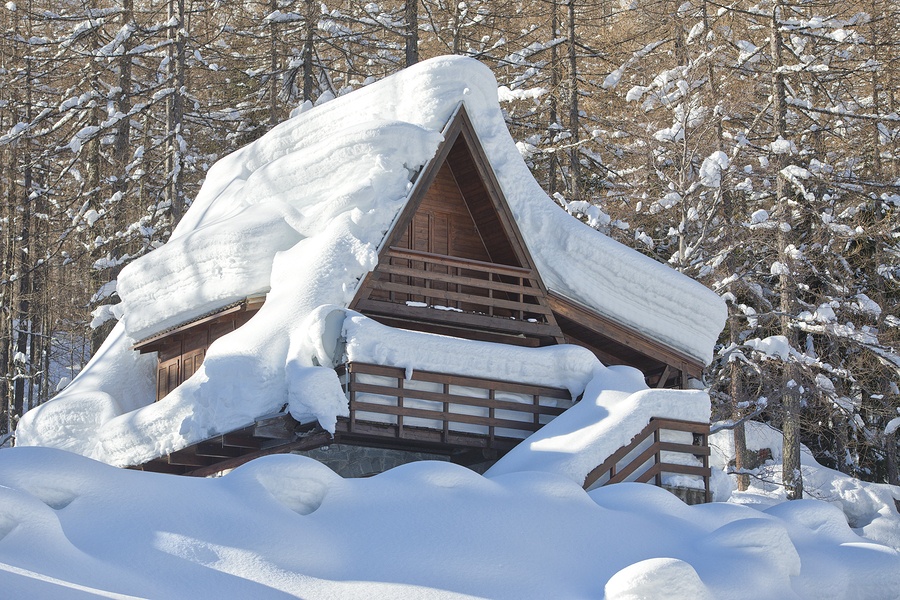
How can you tell what type of snow you are dealing with? If you pull out your shovel and try shoveling wet snow, your back will feel it. Shoveling wet snow is a workout that requires a lot of effort.
Fluffy snow, on the other hand, can be easily scooped and tossed with a flick of your shovel. You can also usually rely on local weather forecasts to tell you what type of precipitation is falling and how fast.
To make an estimate of how much snow weighs, use this guide provided by DisasterSafety.org:
Alternatively, you can approximate how many pounds of snow are on your roof by multiplying the inches of snow that have fallen by the square footage of your roof.
Roof Stability
The good news is that, no matter what type of snow fall you are dealing with, your roof should be able to withstand it. There are certain building codes that need to be followed when installing your roof and these codes provide ample allowance for even the heaviest of snow falls.
The roofs that run into problems during periods of heavy snow fall are those that are:
- Not up to code
- Have undergone an improper renovation
- Where there has been improper removal of internal load-bearing walls
If your home falls into any of these categories, you could be at risk for a dangerous and costly roof collapse.
![]() (Source: Reconstruction 380)
(Source: Reconstruction 380)
When in doubt, call an expert. A home inspector, roofer or contractor should all be able to come to your home and check your roof and the interior structure to make sure things are done correctly and are not posing a threat to the integrity of your home.
One way to determine yourself if the weight of snow is affecting your roof and home is to check the doors, particularly those located on the second floor if you have one. If you try to open and close the door and find that it is getting stuck, you likely have a problem caused by the pressure that the roof is putting on your home.
Snow Removal
If you are concerned about the weight of the snow fall on your roof, you need to get the snow out of there as soon as possible.
We never recommend homeowners take it upon themselves to remove the snow themselves as it can be dangerous without the proper equipment and safety precautions in place.
Leave it to a professional. Make sure that you are hiring someone who is both licensed and insured to protect yourself in the unfortunate case of an injury.
You can expect to pay a professional snow removal crew anywhere between $250 and $500. The high cost is because it is a dangerous job that requires the use of specialized equipment such as extension ladders and safety harnesses.
While that may seem steep, the cost to have snow removed by professionals is far less than the cost would be to replace your whole roof should it collapse.
If you have a smaller, one story home and want to try to remove some of the snow yourself, a good option is a snow rake. These are long-handled specialized rakes that are used to drag the snow off of your roof while you remain safely on the ground.
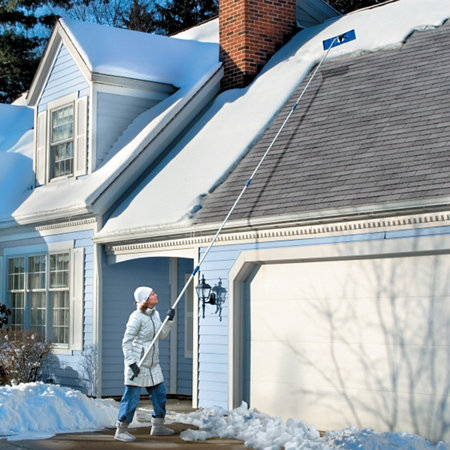
If using a roof rake, it is important to keep in mind where the snow will be landing. You don’t want to have it land on top of you or someone else nor do you want to pile it up in front of windows and doors where it can obstruct entry or light.
If your roof is not up to code and able to handle the weight of heavy snowfall, you will want to get the roof replaced as soon as possible. Likely after the winter season is over to ensure the safety of your home and family for winters to come.



